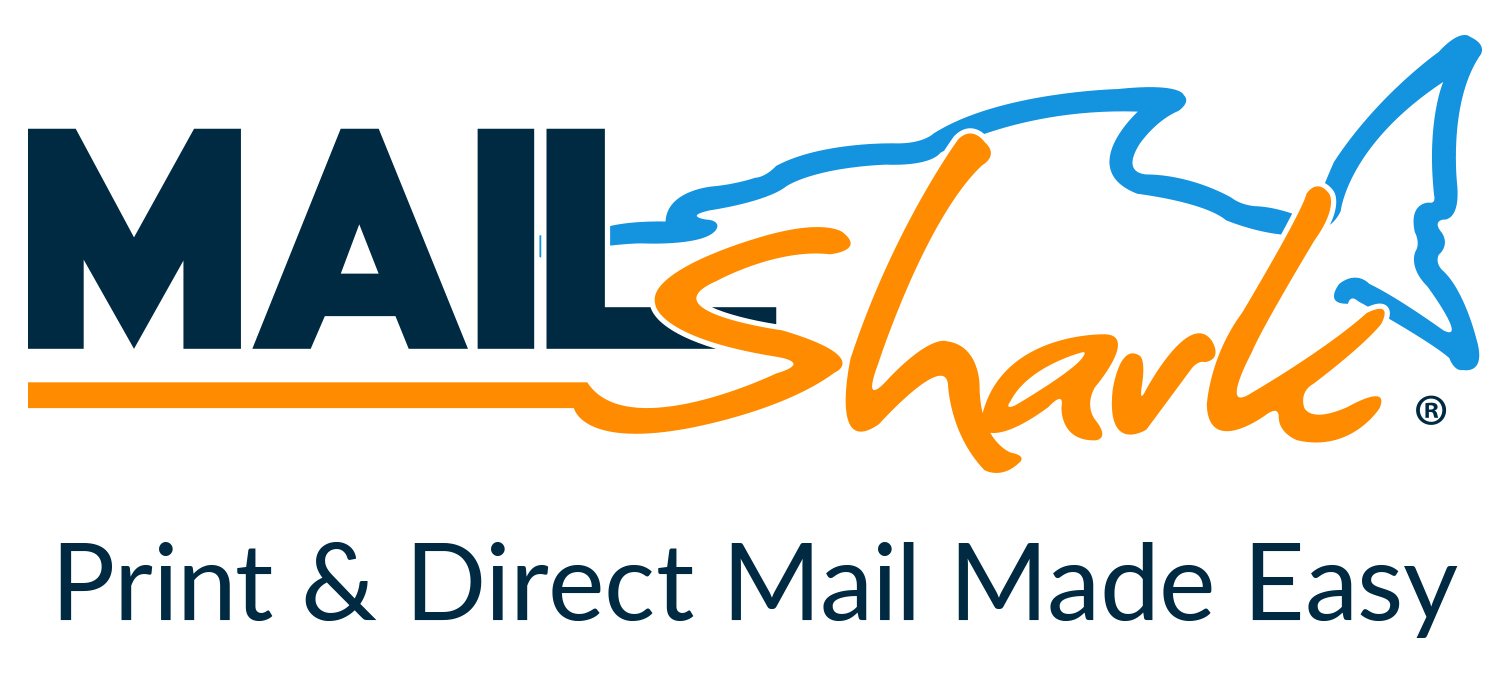Horseshoes And Hand Grenades - The old parts cannon vs. proper diagnostics
-
Have you checked out Joe's Latest Blog?
-
By Joe Marconi in Joe's Blog5 commentsI recently spoke with a friend of mine who owns a large general repair shop in the Midwest. His father founded the business in 1975. He was telling me that although he’s busy, he’s also very frustrated. When I probed him more about his frustrations, he said that it’s hard to find qualified technicians. My friend employs four technicians and is looking to hire two more. I then asked him, “How long does a technician last working for you.” He looked puzzled and replied, “I never really thought about that, but I can tell that except for one tech, most technicians don’t last working for me longer than a few years.”
Judging from personal experience as a shop owner and from what I know about the auto repair industry, I can tell you that other than a few exceptions, the turnover rate for technicians in our industry is too high. This makes me think, do we have a technician shortage or a retention problem? Have we done the best we can over the decades to provide great pay plans, benefits packages, great work environments, and the right culture to ensure that the techs we have stay with us?
Finding and hiring qualified automotive technicians is not a new phenomenon. This problem has been around for as long as I can remember. While we do need to attract people to our industry and provide the necessary training and mentorship, we also need to focus on retention. Having a revolving door and needing to hire techs every few years or so costs your company money. Big money! And that revolving door may be a sign of an even bigger issue: poor leadership, and poor employee management skills.
Here’s one more thing to consider, for the most part, technicians don’t leave one job to start a new career, they leave one shop as a technician to become a technician at another shop. The reasons why they leave can be debated, but there is one fact that we cannot deny, people don’t quit the company they work for, they usually leave because of the boss or manager they work for.
Put yourselves in the shoes of your employees. Do you have a workplace that communicates, “We appreciate you and want you to stay!”
-
-
Similar Topics
-
By carmcapriotto
Mo Ali from Lock Labs discusses the challenges facing the automotive locksmith industry due to new credential requirements for accessing the immobilizer functions on aftermarket tools. Mo also discusses the National Automotive Service Task Force (NASTF) and the Vehicle Security Professional credentials. It's not just about cutting keys; it's about navigating a maze of electronics, modules, and regulations.
Show Notes
NASTF and Vehicle Security Professional credentials (00:02:32) Impact of the credential requirement (00:03:54) Role of NASTF and implications of the new requirements (00:09:14) Debate on key programming (00:11:44) Potential consequences of the new credential requirements (00:14:28) VSP Credentials and Key Cutting (00:18:54) Implications of Key Making Outside Locksmiths (00:22:21) Predictions for the Locksmith Industry (00:24:20) Challenges and Opportunities for Locksmiths (00:29:40) Perception of Locksmiths and Technicians (00:32:41) Forced Collaboration and Industry Changes (00:33:27) Complexities of Key Making (00:37:01) EPA Regulation and Emissions-Related Information (00:39:23) Acquiring Immobilizer Data (00:50:55) The learning process and lack of knowledge (00:51:50) Security measures and protecting investments (00:52:45) Government intervention and industry governance (00:56:58) Advocacy and industry collaboration (00:57:59) Engagement with NASTF and advocating for changes (01:00:01) Progress and understanding in industry changes (01:02:48)
Thanks to our Partner, NAPA Autotech napaautotech.com
Email Matt: [email protected]
Diagnosing the Aftermarket A - Z YouTube Channel HERE
Aftermarket Radio Network: https://aftermarketradionetwork.com/
Click to go to the Podcast on Remarkable Results Radio
-
By Joe Marconi
Premium Member Content
This content is hidden to guests, one of the benefits of a paid membership. Please login or register to view this content.
-
By carmcapriotto
Matt Fanslow explores the similarities between gaming and automotive diagnostic work. He uses the game "Elden Ring" as an example to discuss the importance of learning from mistakes, adapting strategies, and persevering through challenges—skills that are also vital in the automotive industry.
Show Notes
Gaming and the Lessons from Elden Ring (00:00:11) The Importance of Training for Technicians (00:11:08) Exploring and Embracing Challenges in Gaming and Real-world Diagnostics (00:12:08) Free Thinking and Following Procedures (00:17:53) Gaming Experience and Work (00:18:53) Feeling Good about Accomplishments (00:19:57) Learning from Situations and Journaling (00:21:01) Improvements and Tools (00:22:10) Business Decisions and Tool Acquisition (00:23:16) Applying Gaming Enjoyment to Work (00:24:17)
Thanks to our Partner, NAPA Autotech napaautotech.com
Email Matt: [email protected]
Diagnosing the Aftermarket A - Z YouTube Channel HERE
Aftermarket Radio Network: https://aftermarketradionetwork.com/
Click to go to the Podcast on Remarkable Results Radio

-
By carmcapriotto
"Would you be willing to pay extra for certain classes?"
Email Matt: [email protected]
Email Sean: [email protected]
Matt Fanslow and Sean Tipping from the Automotive Diagnostic Podcast discuss what makes for a great automotive training class. They emphasize the importance of practical application, engaging instruction, and a balance between theory and hands-on experience. They also highlight the qualities of an effective instructor and the value of hands-on training.
Show Notes
The Build-A-Tech Program (00:00:11) NAPA Auto Tech offers training courses for technicians. Cloning (00:01:39) Calibrating Subaru(00:08:30) Characteristics of a GGreat Automotive Training Class (00:13:25) Balancing theory and practicality (00:16:52) Selecting the right class (00:17:57) Designing effective classes (00:19:13) The value of educational strategy (00:23:39) Challenges in class development (00:25:53) The role of humor and interaction (00:31:56) Engaging Presentations (00:33:16) Handling Audience Interaction (00:34:40) Effective Presentation Styles (00:37:14) Responding to Questions (00:37:45) Honesty and Case Studies (00:42:19) Powerpoint Presentations (00:51:52) Reference Material (00:55:09) Hands-On Training (01:04:16) Logistics of Hands-On Classes (01:05:13) Challenges of Hosting Hands-on Classes (01:10:33) Interest and Investment in Specialized Classes (01:13:06)
Thanks to our Partner, NAPA Autotech napaautotech.com
Email Matt: [email protected]
Diagnosing the Aftermarket A - Z YouTube Channel HERE
Aftermarket Radio Network: https://aftermarketradionetwork.com/
Click to go to the Podcast on Remarkable Results Radio
-
-
Our Sponsors


.thumb.jpg.2b345efc275b9df0af2bbb306a10a78a.jpg)












Recommended Posts